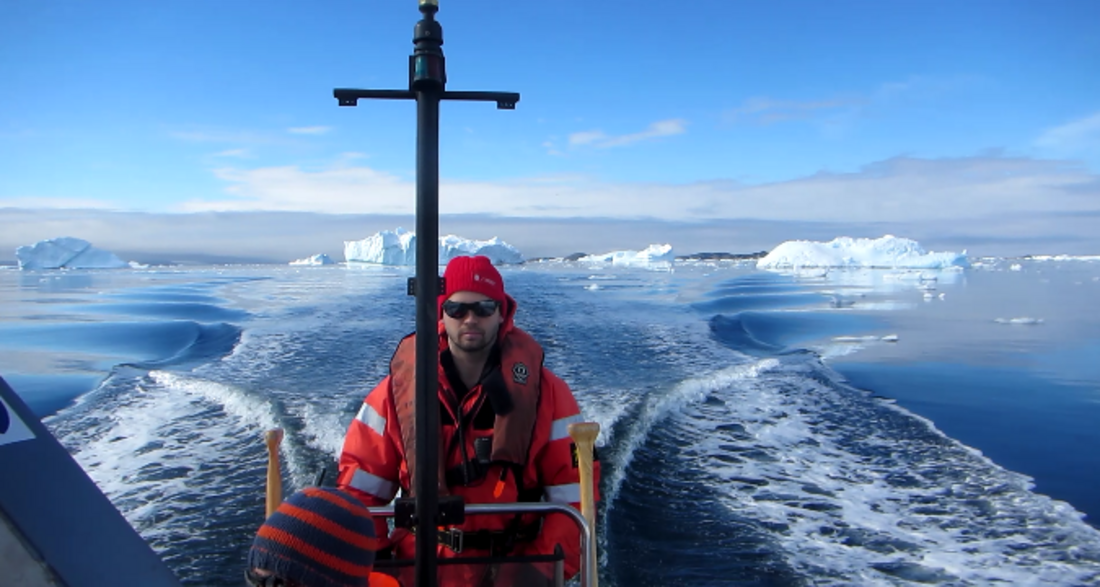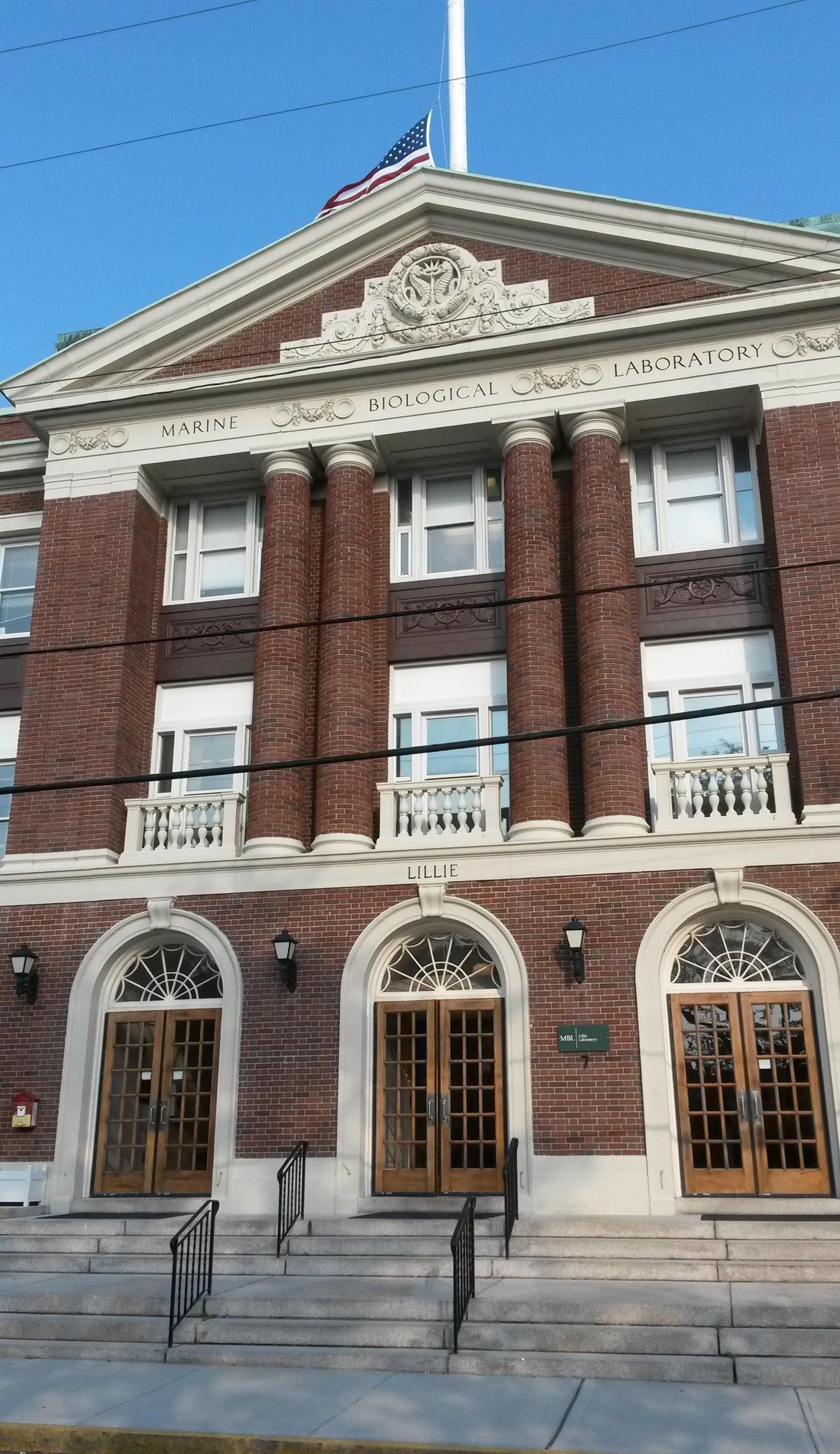Investigating the marine microbial community – Patrick Rozema from the University of Groningen
The IMCONET project gave me the opportunity to visit the US on two different occasions. Both secondments were to Hugh Ducklow (Columbia University) and involved Linda Amaral-Zettler from his former institute (Marine Biology Laboratory). The first of these trips was more of a training nature where I took part in the Strategies and Techniques for Analyzing Microbial Population Structures (STAMPS) course. Here, I enhanced and updated my knowledge and skill set regarding the analysis of (meta) genomic datasets to the highest standard. We had long days that were filled with lectures and workshops. It was great that this course managed to involve a large number of international scientists who have set the bar with regards to high-throughput sequence analysis and the following statistical procedures. The intense yet casual atmosphere allowed for great discussions about a wide range of scientific topics, from Antarctic microalgae to human gut microbes and even microbiomes of insects. These conversations culminated during a closing diner where we enjoyed a local delicacy, fresh boiled lobster with butter sauce. A first for me!
As this course took place at the MBL, I was invited by Linda Amaral-Zettler to stay a bit longer and incorporate the gained skills into my own work. In the spirit of the IMCONET project, we started to compare DNA samples taken from two different long-term monitoring sites on the western Antarctic Peninsula. The first is near a British station (Rothera) and the second is close to a US one (Palmer). For the comparison we used identical sampling procedures, extraction methods and similar measurements of secondary parameters. The samples were collected in 2013-2014 by myself at Rothera and a project from Linda and Hugh at Palmer. Thus, the extra few weeks in Linda’s lab allowed me to transfer my knowledge regarding our extraction method and agree on sequencing protocols and the analysis of the resulting data.

Eating a local delicacy in Woods Hole: Fresh boiled lobster during the traditional course banquet.
Roughly a year later, in July 2016, I spent a few more weeks with Hugh and Linda where we shared our insights from our data sets, other research conducted at the sites, and planned the final analyses. We’re expecting multiple papers to arise from this collaboration, from an investigation into the spatial variability in micro algae at Rothera to an all-out comparison of the small microbes at both sites. We have chosen these two sites as they are near the border of the sea ice extent. In the south we observe the somewhat classical Antarctic ecosystem largely depended on sea ice where at Palmer, most of that ice is already strongly reduced. We hope to shed light on the differences between classical and future communities, and the functions and services that they are, or were, fulfilling in this rapidly changing region.
I was very excited when I first heard about the possibility of such an exchange within the IMCONET framework. Now, after these trips I feel that I managed to bring my research as an early career scientist to the next level. Moreover, our collaborators confirm that the possibility of this comparison is unique. Unfortunately, these types of data sets require a lot of time to produce, analyze and share with the scientific community which goes beyond the duration of the IMCONET project. We’re confident that these results will be of a very high standard and address a few important questions regarding these communities along the WAP. Partaking in this exchange has allowed me to place my work into a large context and gain a very valuable network of (future) senior scientists. Such a network gives me the possibilities, capabilities and confidence to think of a research line that I wish to pursue as a junior polar researcher. Thus, a big thank you to all the people within the IMCONET project for making this experience possible.



